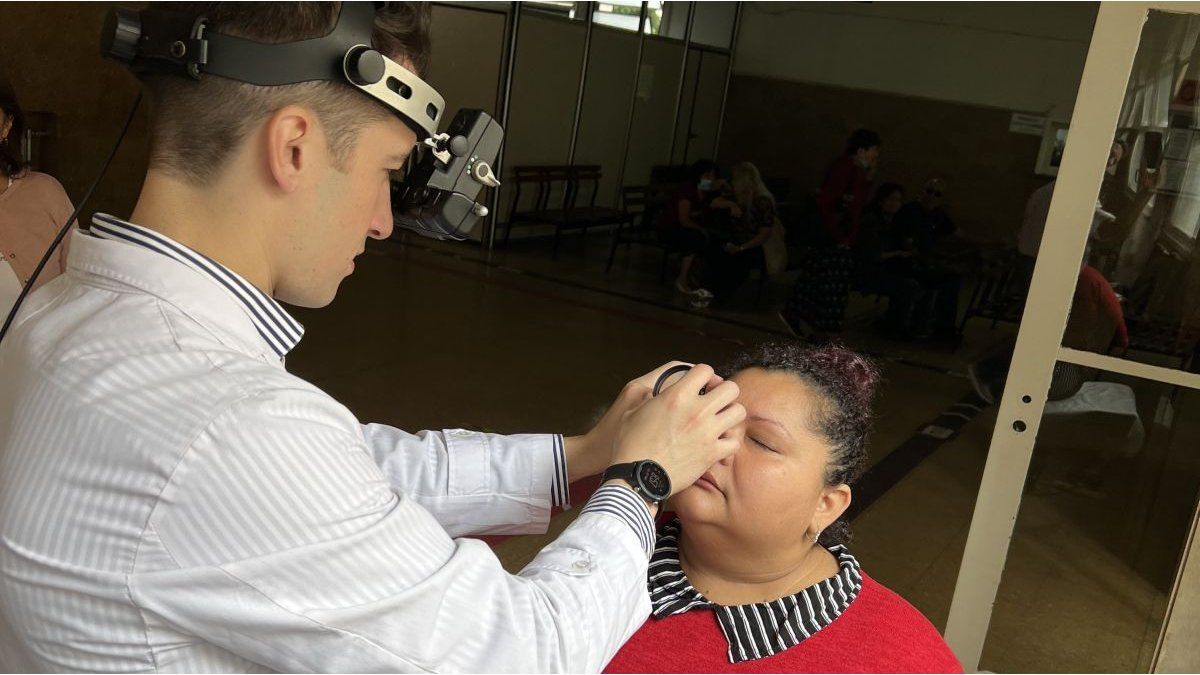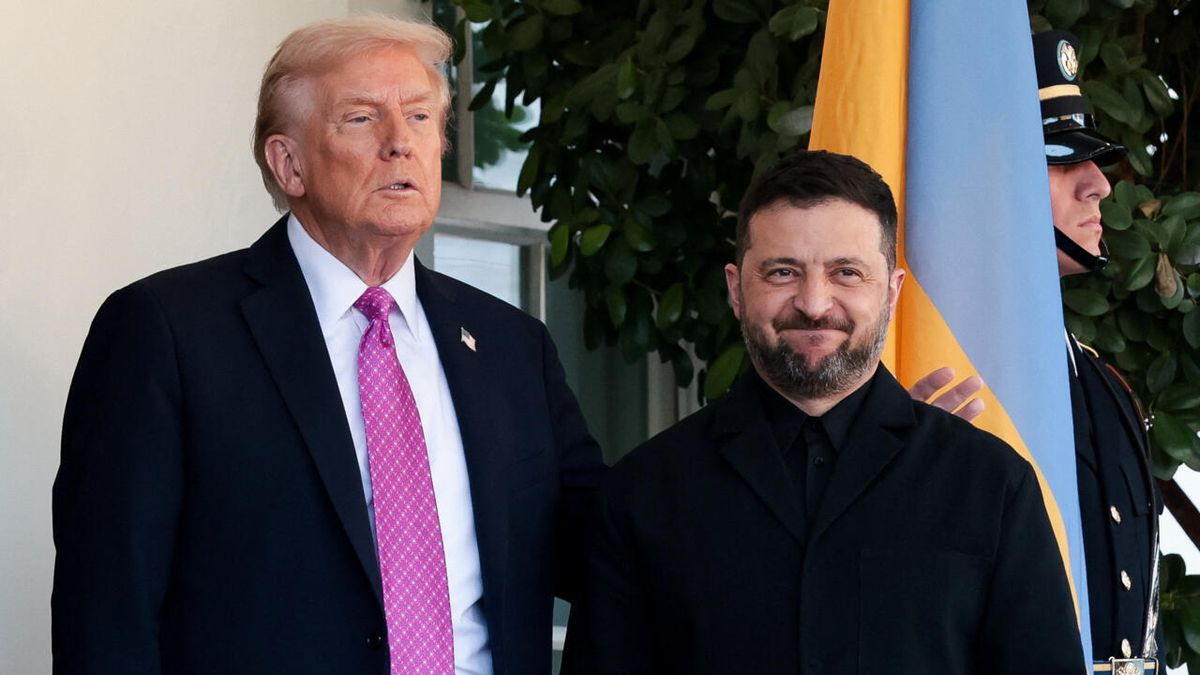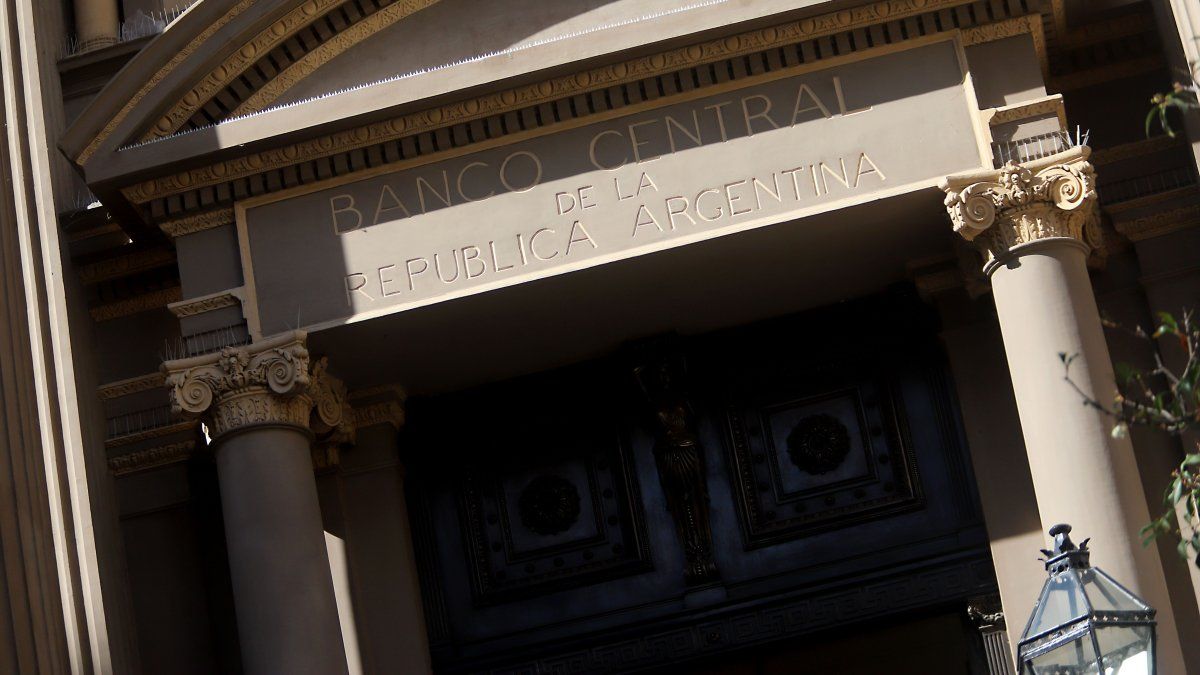In addition to being related, for example, to the development of cardiovascular diseases and kidney failure, diabetes causes diabetic retinopathy; an eye disease that affects the small vessels of the retina as a result of exposure to increased blood glucose (or blood sugar) over a long period of time.
He Friday, November 22 of 2024, the Argentine Council of Ophthalmology (CAO) will carry out the 24th annual edition of the National Campaign to Prevent Blindness from Diabetes.
The content you want to access is exclusive to subscribers.
During that day, ophthalmologists from all over the country They will treat diabetic patients free of charge to detect or rule out the presence of diabetic retinopathya disease harmful to visual health that can lead to blindness. The action will consist of carrying out eye fundsa quick and painless examination that consists of the application of eye drops that dilate the pupil and allow the ophthalmologist to analyze the most important internal structures of the back of the eyeball.


The campaign will be carried out in more than 88 public and private ophthalmological centers and will be coordinated by the Dr. Guillermo Iribarrenstaff doctor at the Ophthalmology Service of the German Hospital and member of the Social Action and Prevention of Blindness Commission of the CAO. The health centers where the free check-ups will be carried out can be consulted at: www.oftalmologos.org.ar/diabetes2024.
What is diabetic retinopathy?
It is a complication of diabetes caused by the deterioration of the arteries and veins that supply the retina, a layer of nerves that covers the inside of the eye and whose function is to perceive light and images that reach the brain. Damage to blood vessels can decrease vision or distort images. Generally, it does not present symptoms in its beginnings. In parallel, the risks of diabetic patients developing this pathology increase with the progression of the disease and with poor glycemic control.
How is diabetic retinopathy diagnosed?
The ophthalmologist examines the fundus of the eye (retina, macula and optic nerve), generally dilating the pupils by applying drops. It is a quick and painless process. If the presence of diabetic retinopathy is confirmed, other studies can be performed to determine if the case requires treatment.
Why is prevention important?
Diabetes is the second cause of blindness in industrialized countries and the main cause in people aged 25 to 74 years. According to data from the Argentine Diabetes Society (SAD), in Argentina there are around 4,000,000 people who suffer from this disease.but a high percentage of them do not know it since they are often asymptomatic or their suffering is silent. Almost all diabetic patients will develop some degree of retinopathy throughout their lives.
It should be noted that, since the beginning of the campaign in 1999, more than 40,000 diabetic patients for free. 40% of them had lesions compatible with diabetic retinopathy and 9% showed advanced forms of the disease, which were referred for corresponding treatment. It was also found that 1% of patients had blindness due to diabetes.
It is necessary to inform the diabetic population about the need for perform ophthalmological checkups, with an examination of the fundus of the eye, at least once a year, and by an ophthalmologist, since he is the only professional with sufficient training to perform this task within its area of responsibility.
SUMMARY
- What is it? It is a National Campaign for the Prevention of Blindness due to Diabetes.
- Who is it addressed to? For diabetic patients, exclusively.
- Is there any cost for diabetic patients? No, it is absolutely free.
- Who organizes it? The Argentine Council of Ophthalmology, the institution that brings together all ophthalmological doctors in the country.
- Since when has this campaign been organized? Since 1999, once a year, except 2020 and 2021 due to the pandemic. Since then, 40,000 diabetic patients have been treated.
- How many days does it last? Only one day per year. In 2024, it will be Friday, November 22.
- At what locations and times? There will be more than 84 locations throughout the country. The complete list is available at oftalmologos.org.ar/diabetes2024
- Should the patient request an appointment? No, the venues serve on a first-come, first-served basis.
- What does the exam consist of? An eye fundus is performed, a painless examination that lasts a couple of minutes.
- What happens to the exam result? The patient is informed whether he is developing a pathology or not. You are also offered information about diabetes and blindness.
Source: Ambito




